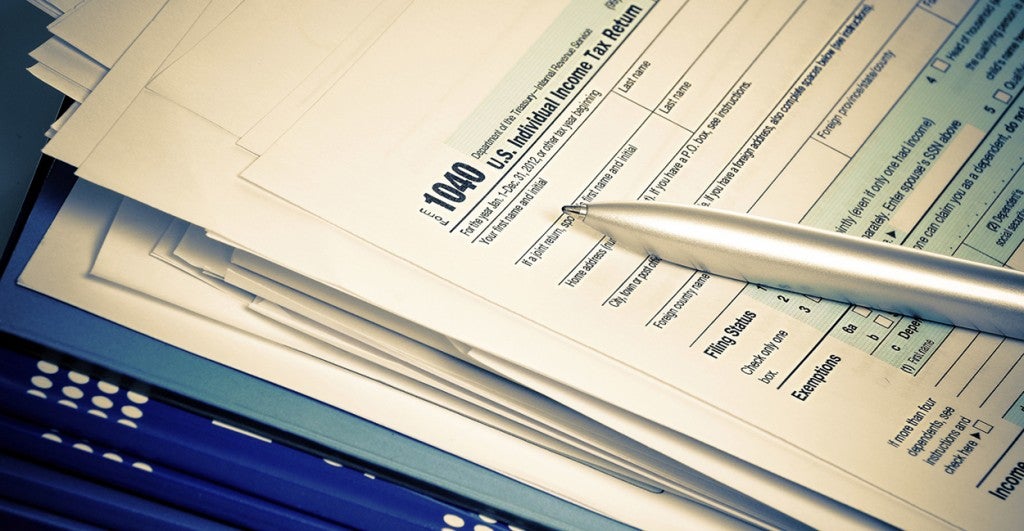It’s the first such proposal in almost 30 years, and incumbent members of the House of Representatives have no desire to see the complicated measure become a campaign issue this fall.
And that’s a big reason why the ambitious tax reform plan introduced by House Ways and Means Chairman Dave Camp, R-Mich., isn’t likely to become law.
If Camp’s plan somehow could pass the House, it would go nowhere in the Senate. And should Republicans capture the upper chamber in the November elections, the Senate would remain in Democratic hands until Camp, who is retiring after 24 years, leaves Congress in January.
Although the proposal may be little remembered, what could well live on is the use of “dynamic scoring” in analysis of such legislation.
“Camp’s proposal has given renewed energy to the tax reform debate,” said Curtis Dubay, research fellow in tax and economic policy at The Heritage Foundation, adding:
A key to maintaining that momentum is to make sure [the Joint Committee on Taxation] continues offering dynamic estimates of tax reform and other major pieces of tax legislation.The Camp plan would reduce today’s seven income tax brackets to three –10 percent, 25 percent, and 35 percent — and cut the corporate tax rate from 35 percent to 25 percent, paying for the changes by closing or capping tax deductions, exclusions, and credits in the tax code.
To evaluate such proposals, Washington traditionally has relied on “static” scoring, which says that if government taxes Americans $100 less, it means $100 less in revenue.
However, conservative advocates of dynamic scoring point to evidence that cutting taxes creates new incentives to work, save, and invest. They say governments that cut taxes often see increases in the amount of revenue taken in.
>>> Commentary: In Tax Reform, Dynamic Analysis Is Vital
Heritage’s Center for Data Analysis, for instance, has chronicled the dynamic effects of tax policy and explained to government officials how dynamic scoring works and may be applied to policy debates in Congress.
Last week, Dubay testified at a House Ways and Means subcommittee hearing about how dynamic scoring ought to guide revenue projections.
“A tax reform plan with only a static score is like a business plan without an estimate of profitability,” Dubay said:
It is incomplete. Dynamic analysis is the right way to evaluate tax reform because we know tax reform improves the economy. It does so by increasing incentives for families and businesses to engage in productive activities like working, investing, and taking risks that are the catalysts of economic growth. And we know they all respond to incentives.
Camp is vice chairman of the Joint Committee on Taxation, made up of five members of the Senate Finance Committee and five members of the House Ways and Means Committee. In its analysis of Camp’s reform proposal, the joint panel provided a conventional score and two versions of dynamic estimates, according to an issue brief from Heritage’s Center for Data Analysis.
Dynamic analysis revealed that, although Camp’s proposal is revenue- and deficit-neutral under the traditional static method employed by the joint committee and others, it produces significant economic growth and more tax revenues under the dynamic models.
The CDA’s dynamic estimate found the Camp plan would increase economic output by $92 billion a year over 10 years and increase employment by 548,000 jobs a year.
Camp has said his plan would generate up to $700 billion in tax revenue and create up to 1.8 million private-sector jobs.
If nothing else, dynamic scoring and static scoring will be compared for accuracy as analysts evaluate future tax reform proposals. If dynamic scoring proves more accurate, proponents say, Congress will need to account for the growth that comes from cutting taxes–and the stagnation that results from raising taxes.
And that is no small contribution, Dubay contends.
